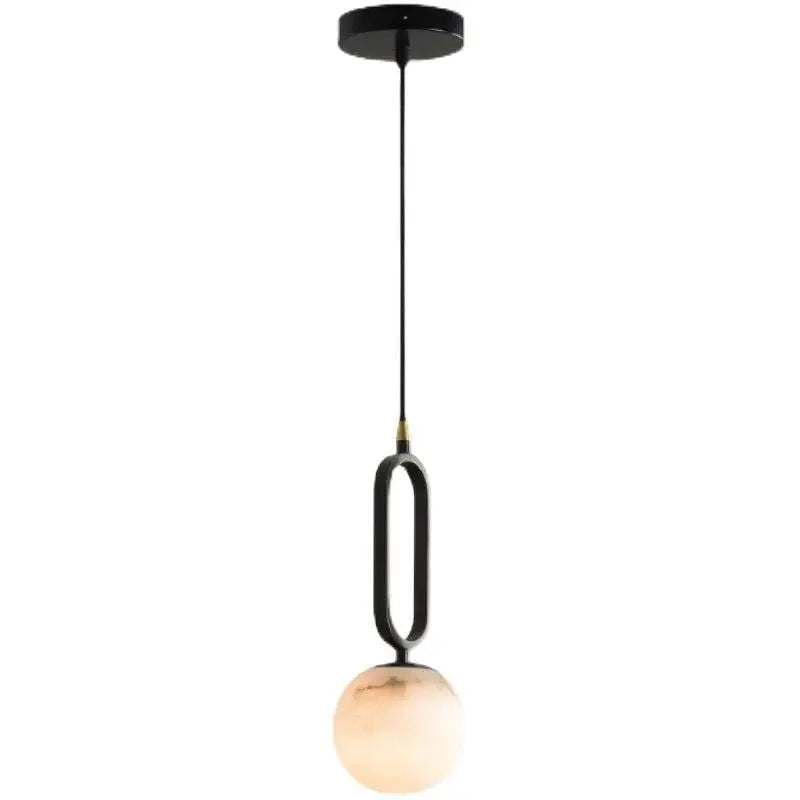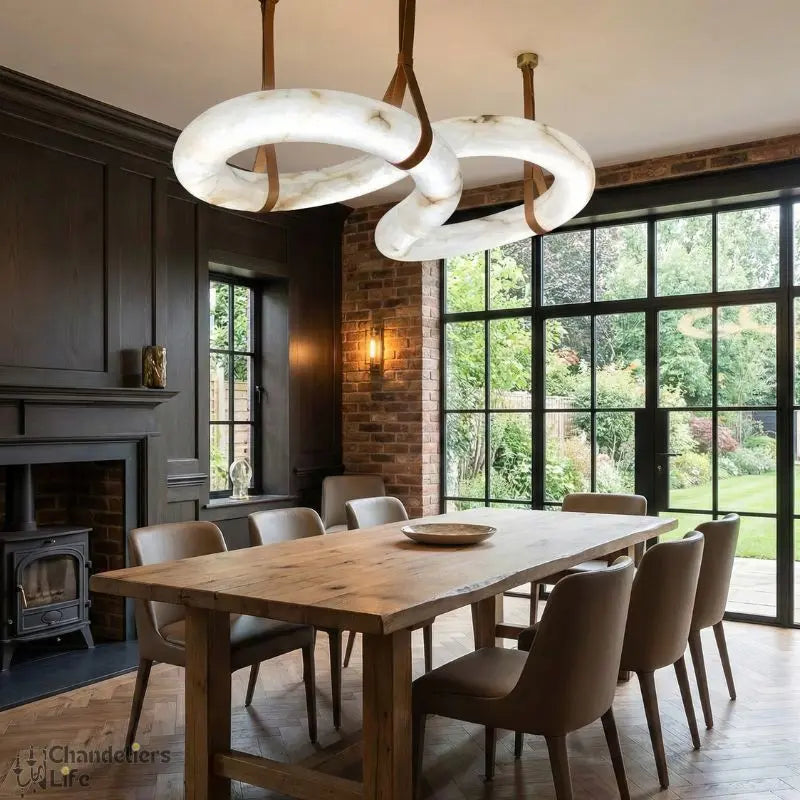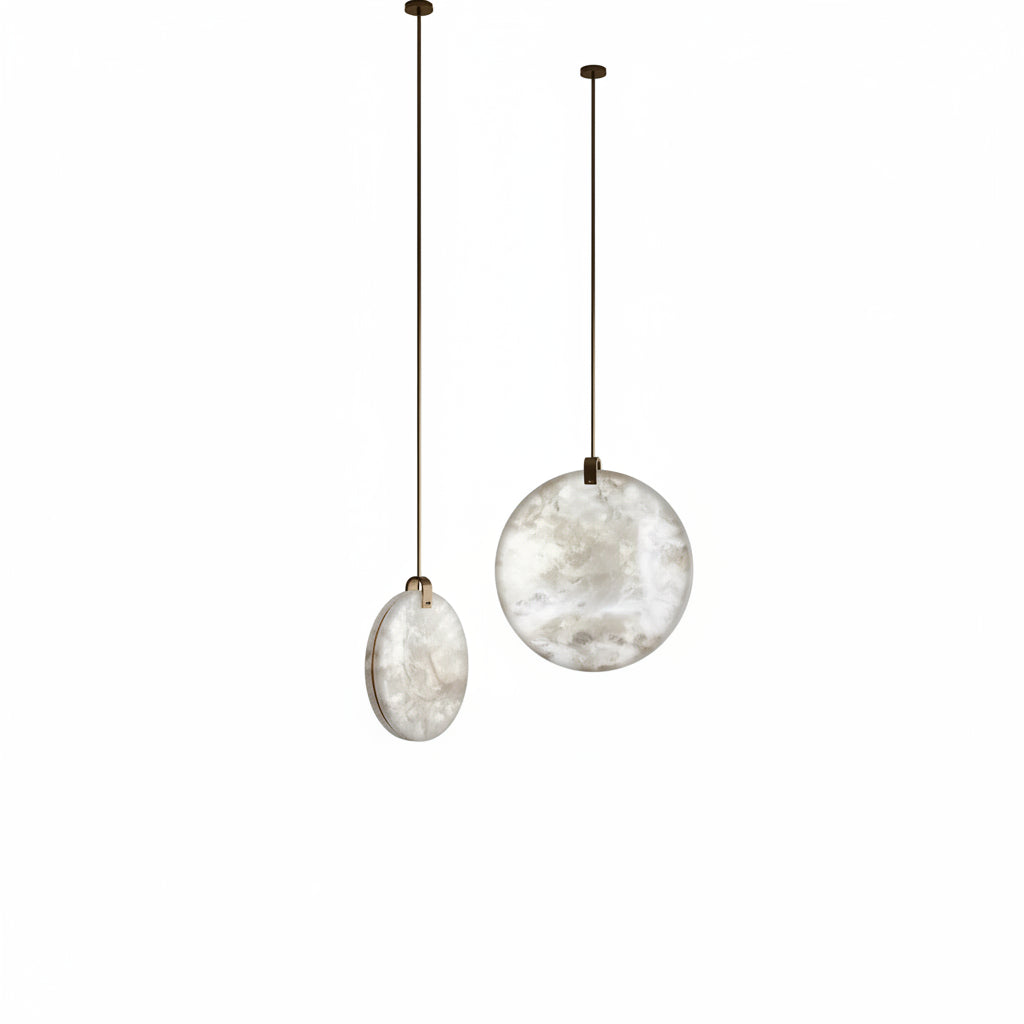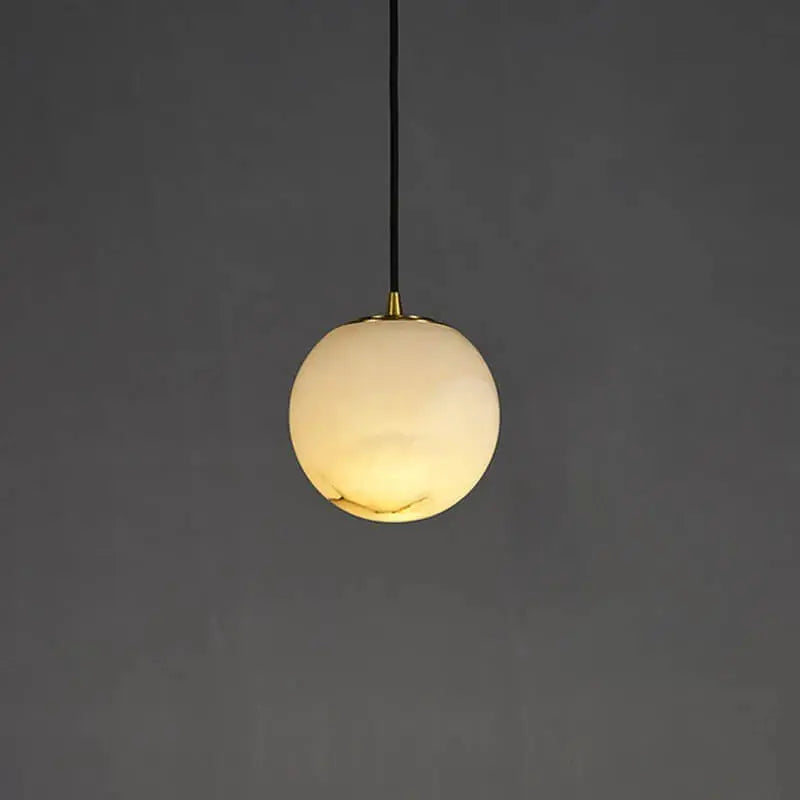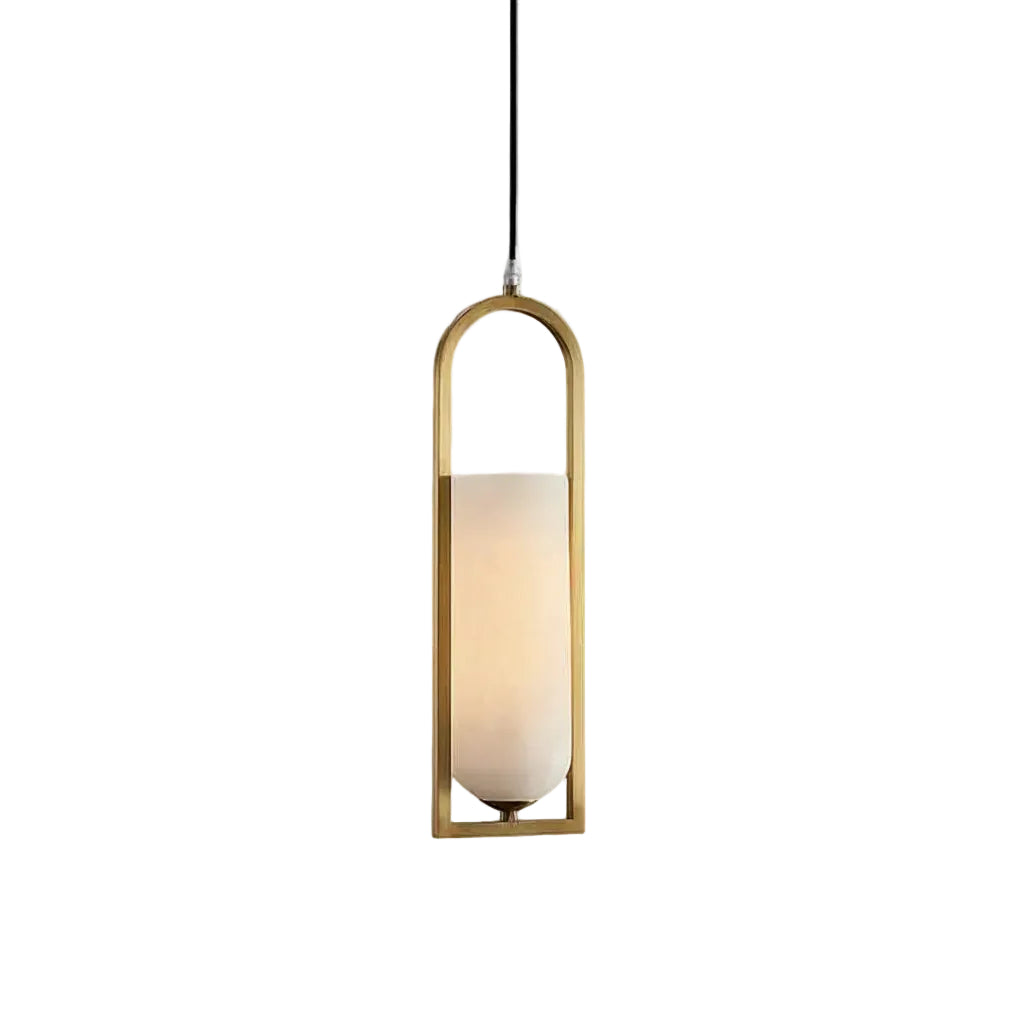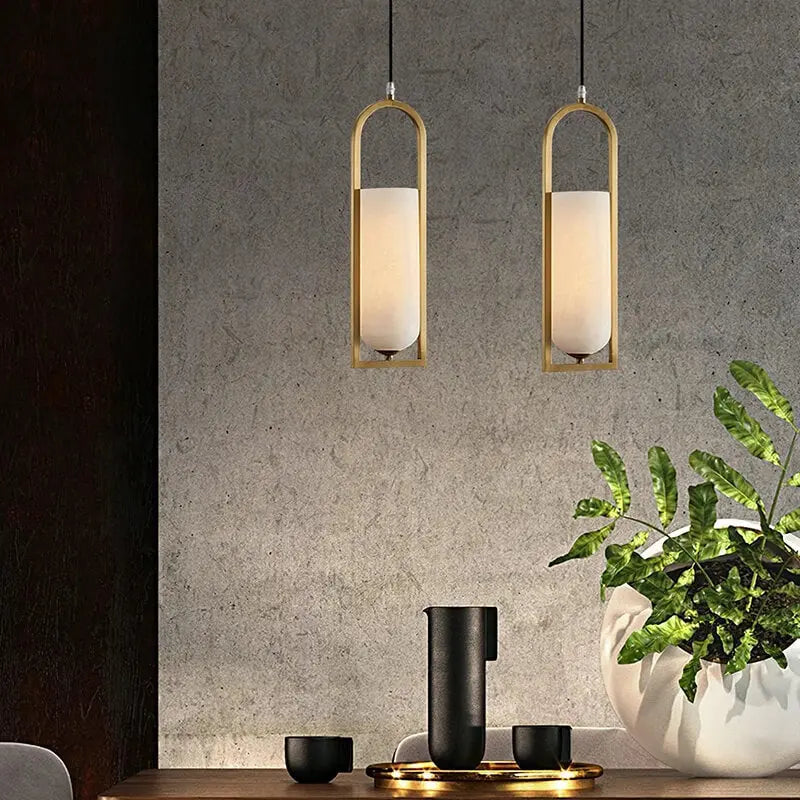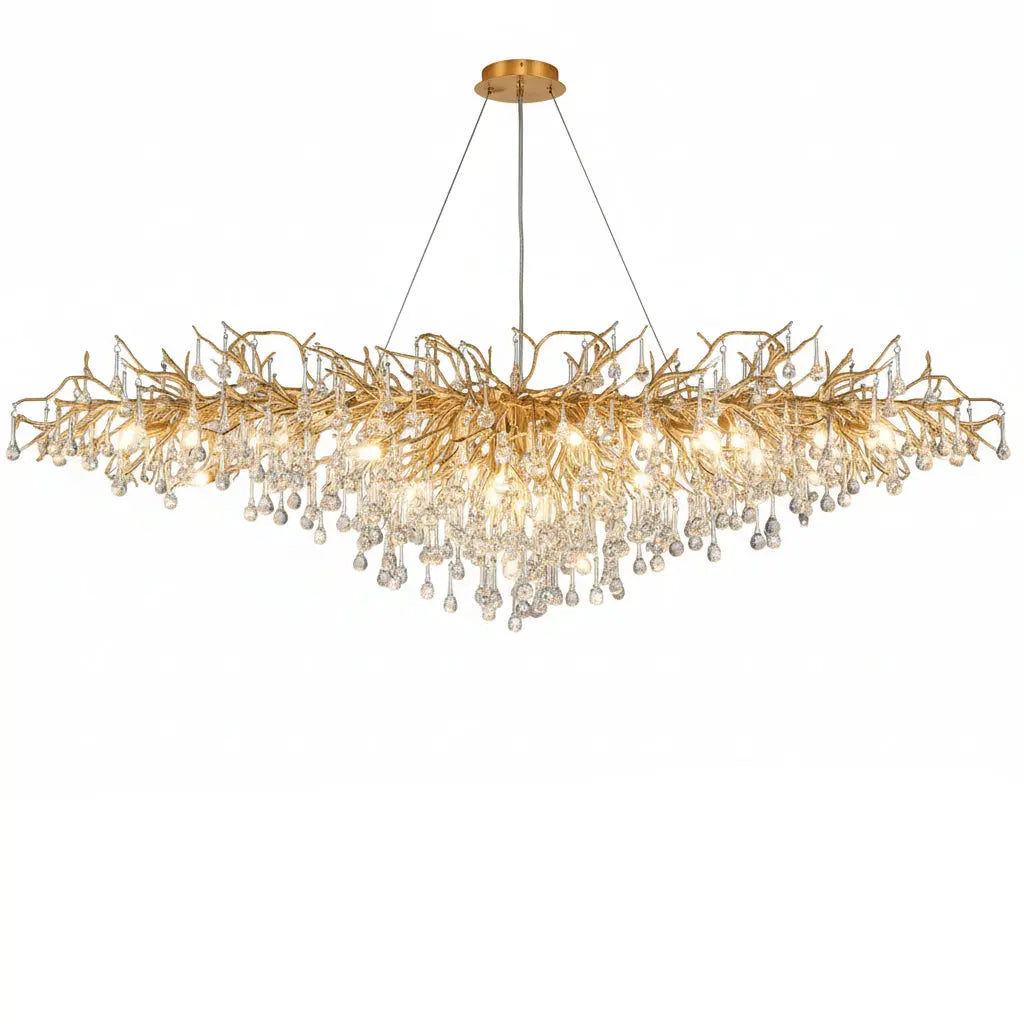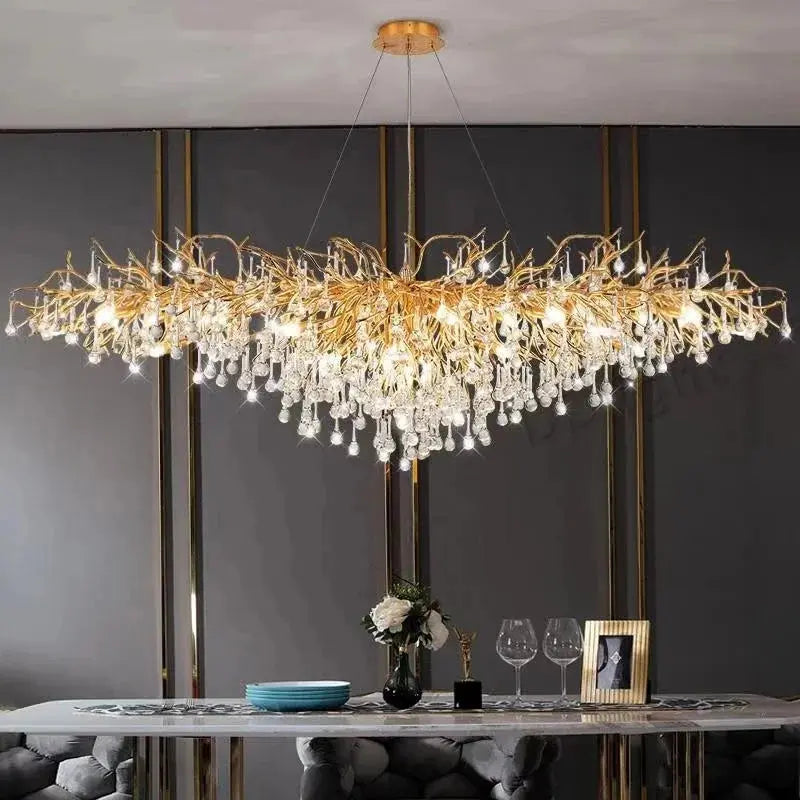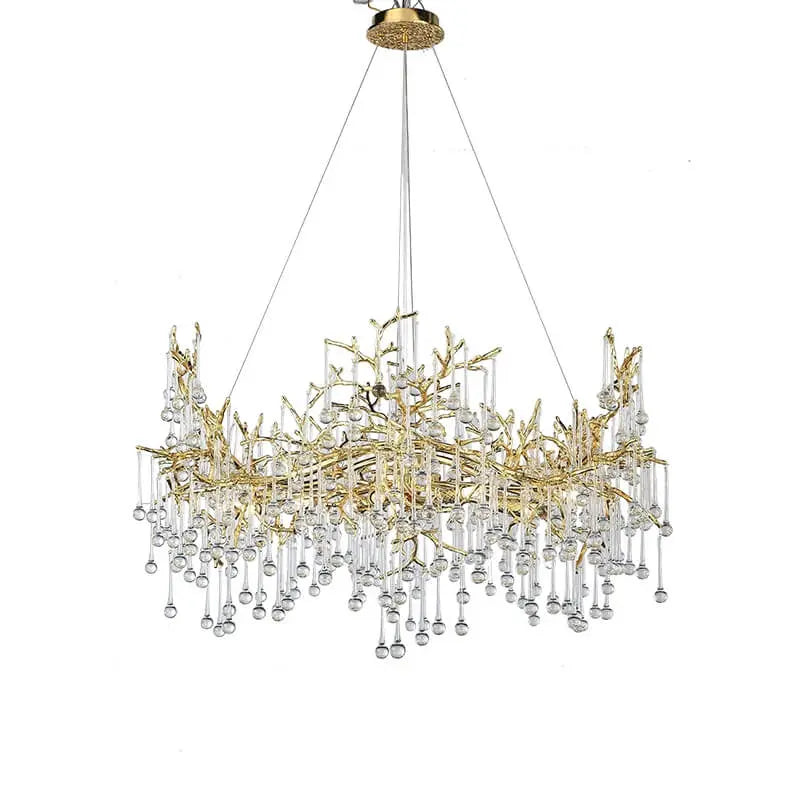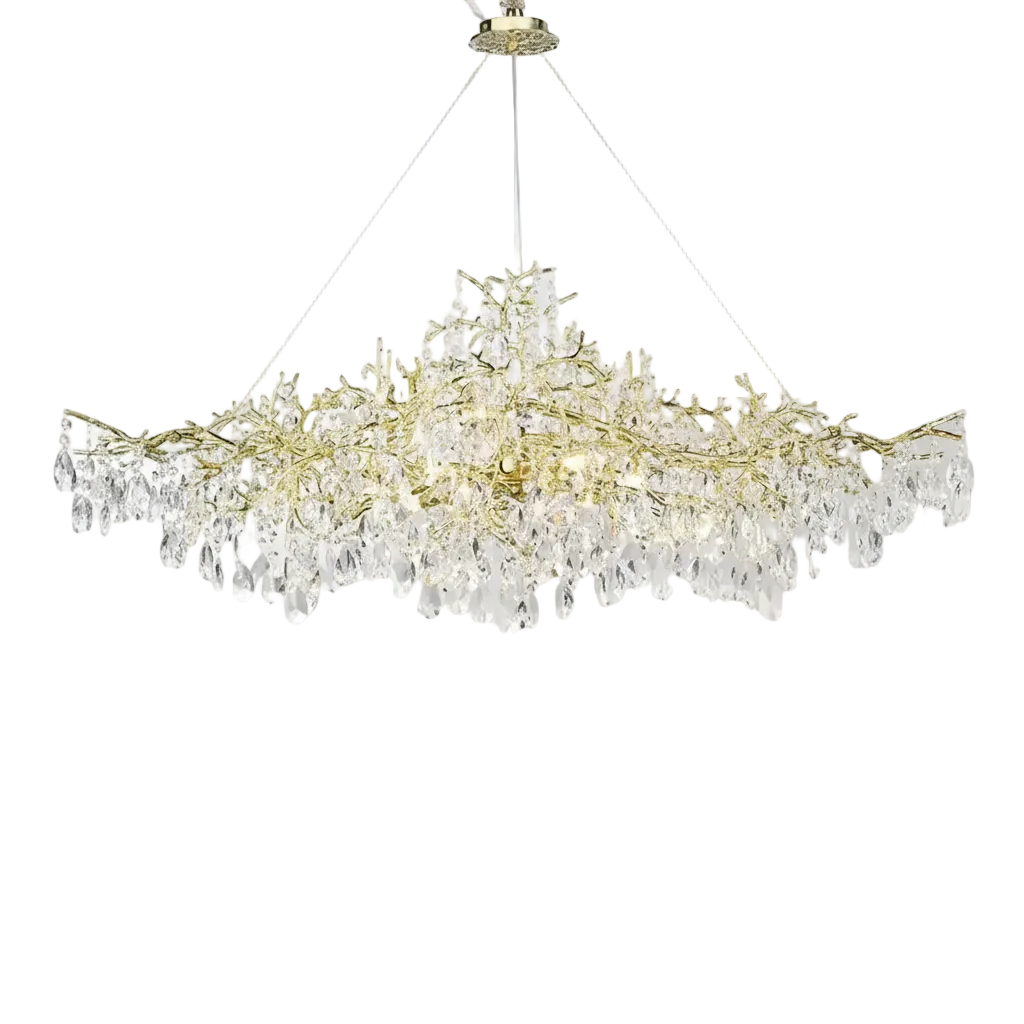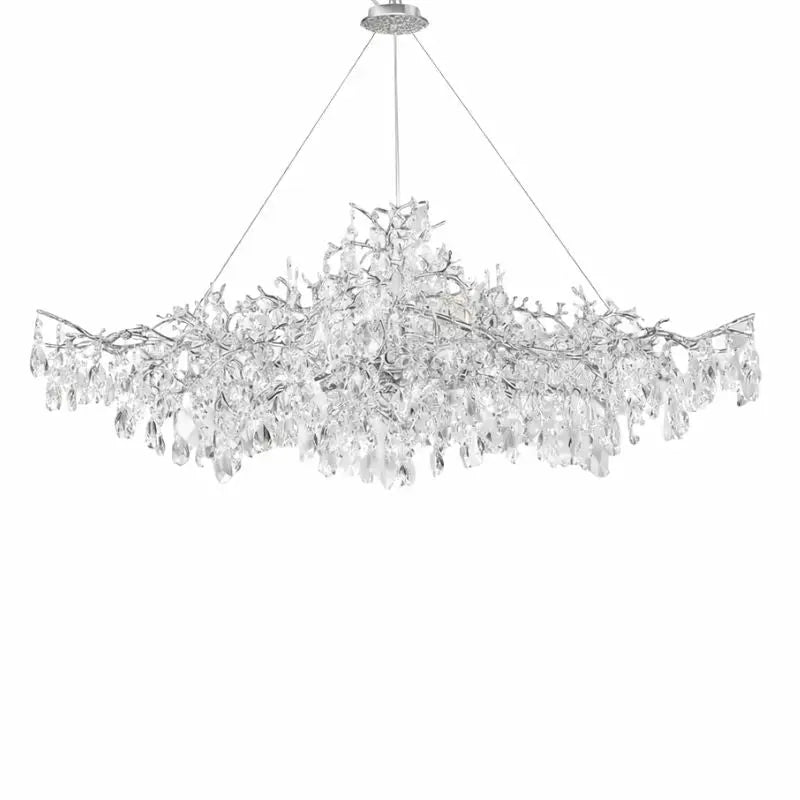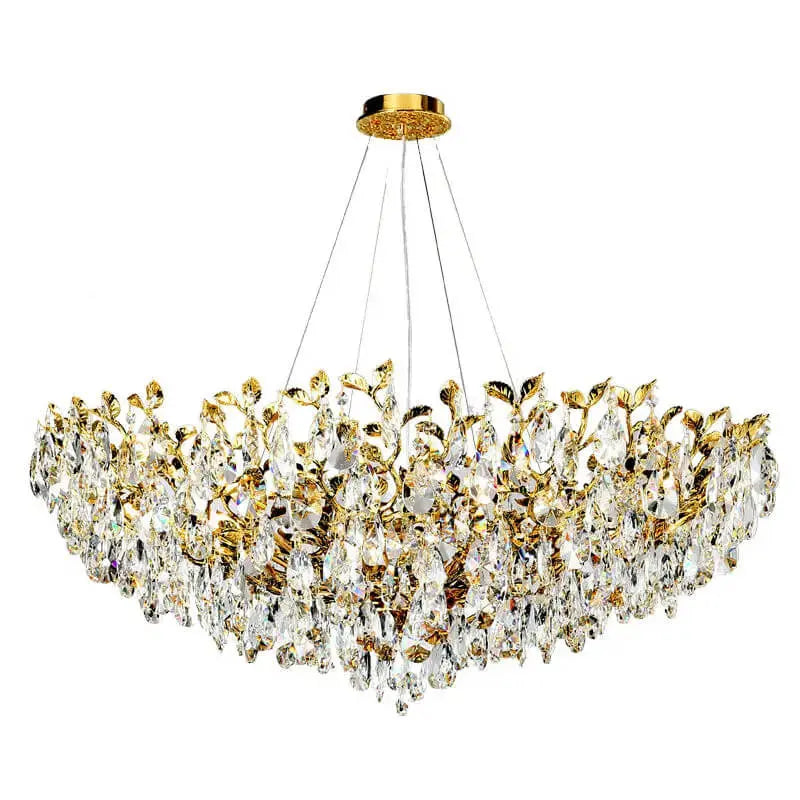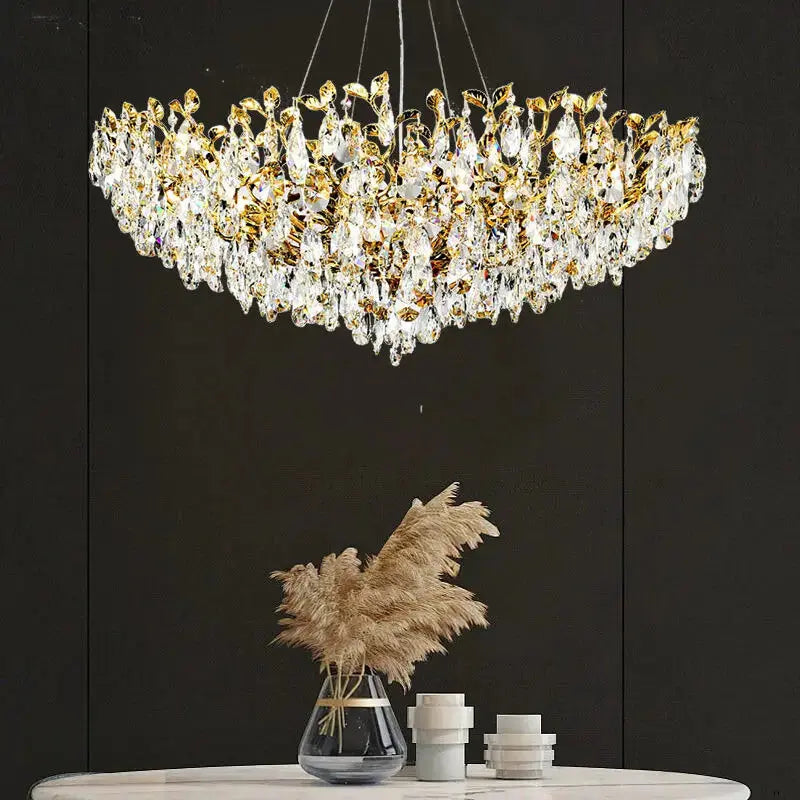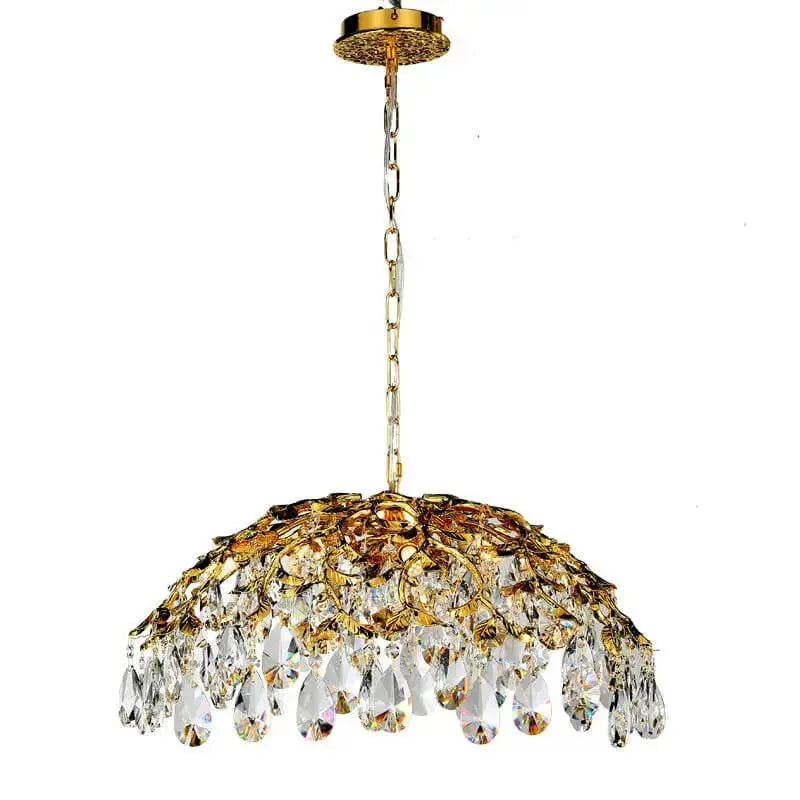Installing outdoor lights can transform your garden into a magical and safe space. This guide will walk you through the process step-by-step, ensuring that you do it safely and effectively. Whether you're lighting up a pathway or adding ambiance to your patio, following these steps will make the task manageable and rewarding.
Key Takeaways
- Always plan your outdoor lighting project before starting the installation to avoid mistakes and ensure safety.
- Ensure all electrical components are weatherproof and suitable for outdoor use to prevent damage and hazards.
- Use proper tools and safety equipment, like gloves and goggles, to protect yourself during installation.
- Test your lighting system thoroughly after installation to ensure everything works correctly and safely.
- Regular maintenance and checks are crucial to keep your outdoor lighting system in good working condition.
Planning Your Outdoor Lighting Installation
Planning is the first and most important step in your outdoor lighting project. A well-thought-out plan ensures your lights are both functional and beautiful. Here’s how to get started:
Choosing the Right Type of Lights
Think about what you want to achieve with your outdoor lighting. Are you looking to brighten up your garden with LED garden spot lights, illuminate pathways, or create a cozy patio atmosphere? The type of lights you choose will depend on your goals. Here are some options:
- Pathway Lights: Ideal for lighting up walkways.
- Spotlights: Great for highlighting specific features like trees or statues.
- Wall-Mounted Fixtures: Perfect for adding both function and style to your outdoor walls.
Determining the Power Source
Next, decide how you will power your lights. You have several options:
- Electrical Outlets: If you have outdoor-rated outlets, you can plug your lights directly into them.
- Solar-Powered Lights: These are easy to install and don’t require any wiring.
- Battery-Powered Lights: Another simple option, though you’ll need to replace batteries periodically.
Creating a Layout Plan
Finally, create a layout plan for your lights. This involves mapping out where each light will go and ensuring you have enough power sources. Use temporary markers to visualize the layout before you start the installation. This step helps you avoid any surprises and ensures a smooth installation process.
Proper planning is key to a successful outdoor lighting project. Take your time to choose the right lights, determine the best power source, and create a detailed layout plan.
Preparing the Installation Site
Before you start installing your outdoor lights, it's crucial to prepare the site properly. This ensures a smooth and safe installation process.
Installing Weather-Resistant Outlets
Selecting Suitable Outlets
When installing outdoor lights, it's crucial to use weather-resistant outlets. These outlets are designed to handle damp conditions, rain, and extreme temperatures. If your home is older, you might need to replace traditional outlets with these specialized ones to ensure safety and durability.
Installing RCD Protection
To prevent electric shocks and protect your appliances, make sure your outlets have RCD (Residual Current Device) protection. RCDs are essential for outdoor installations as they cut off the power if they detect a fault, keeping you safe from potential hazards.
Mounting the Outlets
- Choose a location for your outlet that is easily accessible and protected from direct exposure to water.
- Mount the outlet box securely to a post or wall. If you're using a post, make sure it's firmly set in the ground.
- Run the electrical cable through a conduit to protect it from damage. Attach the conduit to the outlet box.
- Connect the wires to the outlet, ensuring you follow the manufacturer's instructions.
- Finally, install a weatherproof cover over the outlet to keep it safe from the elements.
Remember, always turn off the power at the main circuit breaker before starting any electrical work. Safety first!
Routing and Protecting Cables
Burying Underground Cables
When installing outdoor lights, it's crucial to bury underground cables properly. Dig trenches that are at least 6 inches deep for low voltage cables. For higher voltage, follow local codes, which often require deeper trenches. Place the cables in the trenches and cover them with dirt, leaving some extra cable at each end for adjustments.
Using Conduits for Above-Ground Cables
For added safety, use conduits to protect cables that run above ground. Metal conduits are more durable but can corrode, while plastic conduits are less sturdy. Always protect the ends with fittings and ensure the conduits are clear of the trench bottom by using wood blocks.
Ensuring Cable Protection
To keep your cables safe from damage, use protective measures like conduit fittings and plastic bushings. These protect the cable from sharp edges and prevent water from entering. Additionally, apply duct seal putty to keep moisture out of electrical boxes.
Properly routing and protecting cables ensures the longevity and safety of your outdoor lighting system.
Mounting and Wiring the Lights
Attaching Light Fixtures
Start by gathering all the necessary tools and light fixtures. Read the manufacturer's instructions carefully to ensure proper installation. Use temporary markers to indicate where each fixture will go. This helps you visualize the layout before making any permanent changes. For pathway lights, dig holes and bury conduit to protect the wiring. For above-ground fixtures, follow the manufacturer's guidelines for mounting.
Connecting to the Power Source
Before connecting the lights, make sure the power is turned off at the circuit breaker. Strip the ends of the wires and connect them according to the manufacturer's instructions. Use waterproof wire nuts to secure the connections. If your lights come with connectors, simply snap them around the cable until you hear a click. This ensures the prongs inside the connector pierce the cable and make contact with the wires.
Waterproofing Connections
After connecting the wires, it's crucial to waterproof the connections to prevent any electrical hazards. Use waterproof wire connectors and wrap them in electrical tape. This will protect the connections from moisture and corrosion. Once all connections are made, test the lights to ensure they are working properly. If everything is in order, you can proceed to bury any remaining wires and finalize the installation.
Properly mounting and wiring your outdoor lights not only enhances the beauty of your space but also ensures safety and functionality.
Final Checks and Safety Measures
Testing the Lighting System
After installing your outdoor lights, it's crucial to test the entire system. Turn on the power and walk around your property to ensure every light is working. If a light is out, it might be due to a bad connection. Check all connections and make sure they are secure.
Inspecting for Faults
Carefully inspect each light fixture and cable for any signs of damage or wear. Look for exposed wires, loose connections, or any other potential hazards. If you find any issues, address them immediately to prevent future problems.
Implementing Safety Precautions
To ensure long-term safety, follow these precautions:
- Add a weatherproof cover to the house outlet.
- Fill any trenches after the electrical inspection.
- Use GFCI outlets to protect against shocks from damp ground or standing water.
- Apply duct seal putty to keep water out of electrical boxes.
Regular maintenance and thorough inspections can help keep your outdoor lighting system safe and functional for years to come.
Maintenance and Troubleshooting
Regular Maintenance Tips
To keep your outdoor lights working well, regular maintenance is key. Here are some simple tips:
- Clean the light fixtures regularly to remove dirt and debris.
- Check for any loose or damaged wires and fix them right away.
- Replace any burnt-out bulbs as soon as possible.
- Make sure the fixtures are still securely mounted and haven't shifted.
Common Issues and Solutions
Sometimes, problems can happen even with the best maintenance. Here are some common issues and how to fix them:
| Issue | Solution |
|---|---|
| Lights not turning on | Check the power source and make sure the switch is on. |
| Flickering lights | Tighten any loose bulbs or connections. |
| Dim lights | Clean the fixtures and check for any obstructions. |
| Short circuits | Inspect the wiring for damage and replace if needed. |
When to Call a Professional
If you run into a problem that you can't fix, it might be time to call a professional. Here are some signs you need expert help:
- You notice sparks or burning smells coming from the fixtures.
- The lights keep tripping the circuit breaker.
- You find damaged wires that you don't know how to replace.
Keeping your outdoor lights in good shape not only makes your home look nice but also keeps it safe. Don't hesitate to get help if you need it!
Keeping your chandeliers in top shape is easy with our simple maintenance tips. If you run into any issues, our troubleshooting guide can help you fix them quickly. For more detailed advice and support, visit our website. We're here to help you keep your lighting fixtures shining bright!
Conclusion
Installing outdoor lights can seem like a big job, but with the right steps and safety measures, it can be a fun and rewarding project. By planning carefully, using the right tools, and following safety guidelines, you can transform your outdoor space into a beautiful and well-lit area. Remember to always turn off the power before starting any electrical work and double-check all connections. If you're ever unsure, don't hesitate to ask a professional for help. Enjoy your new outdoor lighting and the added beauty and security it brings to your home!
Frequently Asked Questions
What type of lights should I use for outdoor lighting?
Choose lights specifically designed for outdoor use. These are built to withstand weather conditions like rain and wind. Popular options include pathway lights, spotlights, and wall-mounted fixtures.
How do I ensure electrical safety while installing outdoor lights?
Always turn off the power at the main circuit breaker before starting any electrical work. Use a voltage tester to confirm that the power is off. Additionally, make sure all connections are waterproof to prevent electric shocks.
Can I install outdoor lighting myself, or do I need to hire a professional?
Simple installations can be done by yourself if you follow the instructions carefully. However, for more complex setups or if you're unsure about the wiring, it's best to hire a qualified electrician.
What tools and materials will I need for installing outdoor lights?
You'll need basic tools like a screwdriver, drill, wire strippers, and a voltage tester. Materials include weather-resistant outlets, conduit or cable protection, and waterproof wire connectors.
How deep should I bury the cables for outdoor lights?
For safety, bury the cables at least 18 inches underground. This helps protect them from damage and keeps them out of sight.
What should I do if my outdoor lights stop working?
First, check for simple issues like burnt-out bulbs or tripped circuit breakers. If the problem persists, inspect the wiring for any damage. If you're unable to fix it, consider calling a professional electrician.




